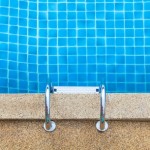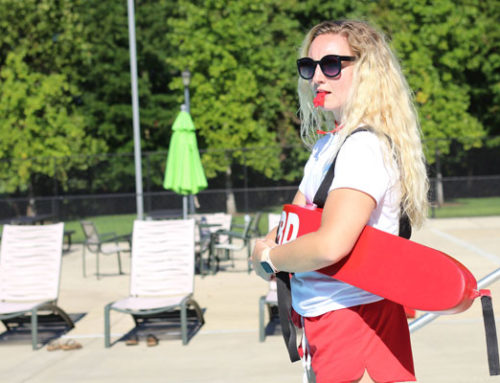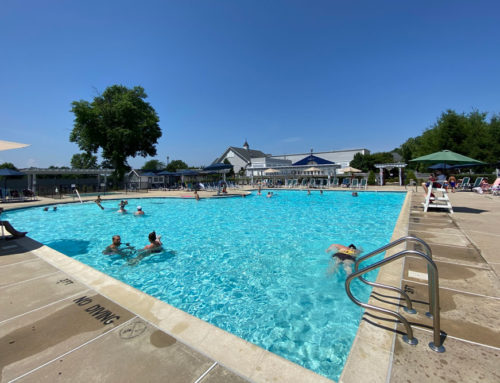Now that winter has drawn to a close and the weather is steadily warming up, it’s time to get the pool ready for peak season. This requires collaboration between pool managers and pool maintenance technicians.
During this preparation, everyone will need to pay attention to details and fix any problems that may arise. Doing this sooner rather than later will ensure that any major issues will be resolved completely before peak season.
Assemble the right staff
Preparing the pool for the summer can be a small or monumental task depending on whether the pool is indoors or outdoors and if it was winterized properly.
If you’re confident that your team can handle the job, this is a good opportunity for everyone to further develop their skills. Wondering where you should begin? Here are seven steps to getting the pool ready.
1. Level out the water: If the pool was closed over the winter, some water will have evaporated. Bring the levels back to normal by adding more water.
2. Test the chemical balance: This critical step needs to be done by a certified professional. Balancing the chemical levels in a pool is a delicate matter that requires training. Once the water’s makeup is established, the chemical levels will need to be adjusted for safety and cleanliness.
3. Balance the water: Only staff members who have been trained and certified in chemical handling processes can administer chemical treatments to the water. Additionally, they must wear the proper protective gear, as required by the U.S. Occupational & Health Administration. If there are no on-site employees who are certified to handle chemicals, you’ll have to work with your local pool company to complete this step.
4. Tend to the filter: Check the filter and clean or change out the cartridge if necessary. Once it’s placed back in the pool, run it for a few minutes and watch to ensure that it’s functioning properly.
5. Check pool fixtures: Whether your facility has a water slide or a diving board, all the fixtures in and around the pool, including the ladder, should be tested for safety. They should be properly attached and not have any wear and tear that could harm swimmers.
6. Look over safety equipment: There are many pieces of safety equipment at the pool, and each one should be checked. Items that are worn out should be replaced as soon as possible. Items like automated external defibrillators should be tested to ensure that they work and comply with regulations. If you’re unsure of the safety of any of these products, your local pool company’s management services can give you further insight on the items’ condition.
7. Vacuum the pool: If the pool was closed over the winter, there could be any number of debris in the water. Carefully vacuum the floor and walls of the pool to ensure water cleanliness.
If a pool cover was used during the winter, it should be looked over for any signs of damage. If problems are spotted, speak to a pool company about whether the holes or scratches can be repaired. This way, when winter comes back, your pool will have a cover ready to use.






